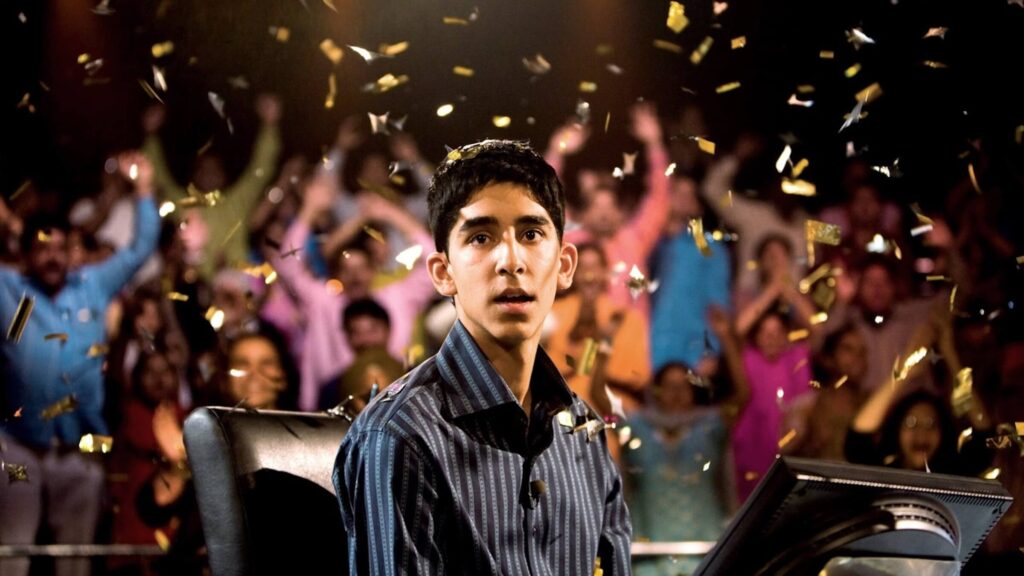Flashbacks can be a powerful storytelling tool for TV shows and movies. But when used primarily for illustrative purposes, they can also become unnecessary crutches in your writing.
You often read screenwriter advice that you shouldn’t use flashbacks. The reason many experts and professionals share this advice is that they have read many scripts written by novice screenwriters who did not use flashbacks correctly. But that doesn’t mean flashbacks are inherently bad. It just means that flashbacks are not used well most of the time.
With that in mind, here we’ll delve into the storytelling tool of flashbacks, share what these tools should and shouldn’t be used for, and how to use them Take advantage of them.
What is a flashback?
A flashback is a scene that takes the audience back from the current point in the story to the past. They can be a single scene or a series of scenes that interrupt the chronological sequence of the narrative.
Flashback is a narrative device used to provide Background information on a person, event, or situation that is crucial to the current storyline. They can also be used to remind viewers of key story messages. Sometimes a flashback shows a visual representation of a character’s perception or memory of a past moment.
The Many Purposes of Flashbacks
Flashbacks can serve many different purposes in a TV series or movie. Here are some of the most popular (and best used) flashbacks in screenplays:
character development
Flashbacks can reveal a character’s past, providing insight into their motivations, fears, and desires. Knowing a character’s history can make their current actions and decisions more relevant and impactful. However, you need to do Make sure you don’t use flashbacks as character development in an overly convenient way.
For example, if a character is forced to fight someone to get out of a difficult situation, you shouldn’t suddenly cut to a flashback and show them taking a martial arts class for the sole purpose of explaining how they know what they know and use skills to eliminate the threat. This is unnecessary and may affect the script and the pacing of the scene.
Plot inspiration
Sometimes, a key plot point or secret may be hidden in a character’s past. Flashbacks can gradually reveal these elements, creating suspense and intrigue.
Topic exploration
By moving from the past to the present (and vice versa), flashbacks can highlight themes such as growth, redemption, or the nature of life. These type Thematic flashbacks allow for a deeper exploration of the story’s message.
emotional impact
A well-timed flashback can evoke strong emotions and connect the audience to the characters on a deeper level. This is a way of showing rather than telling, allowing the audience to feel the weight of past events.
Visuals, style and structure
Flashbacks can become part of your style and story structure, both of which create visual effects in the visual media we call television and film.
Read more: Ten screenplay structures screenwriters can use
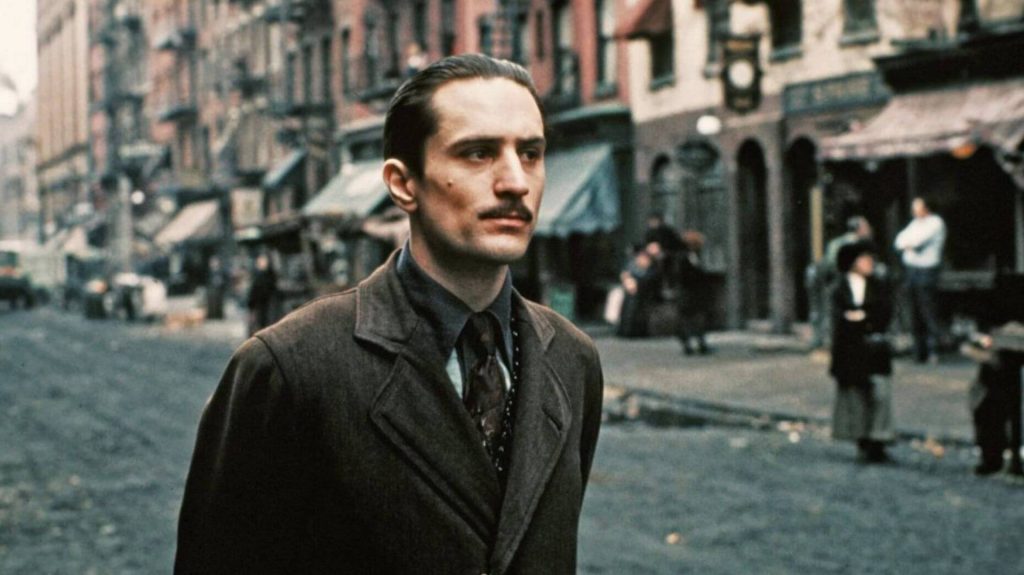
“The Godfather Part II” (1974)
Five things you need to do with flashbacks
1. Justify flashbacks
Make sure the flashback has a clear purpose in the story. Ask yourself, “What does this flashback add to the story?”
If it doesn’t reveal important information or enhance the storyline, reconsider using it. Just remember, don’t use it as a crutch or for a bad exhibition dump.
Read more: Three ways to write good instructions in your scripts
2. Make flashbacks seamless
You always need a smooth transition to flashback. Use visual or auditory cues such as a character’s reflected expression, a specific sound, or a matching clip to indicate transitions. Avoid jarring or abrupt transitions that may confuse your audience.
it real It really helps to make sure the flashback is part of the story structure you choose. A perfect example is the TV series lost (2004-2010). The show excels at using flashbacks to reveal the past lives of the island’s survivors. The flashbacks coincide with the characters’ current predicaments.
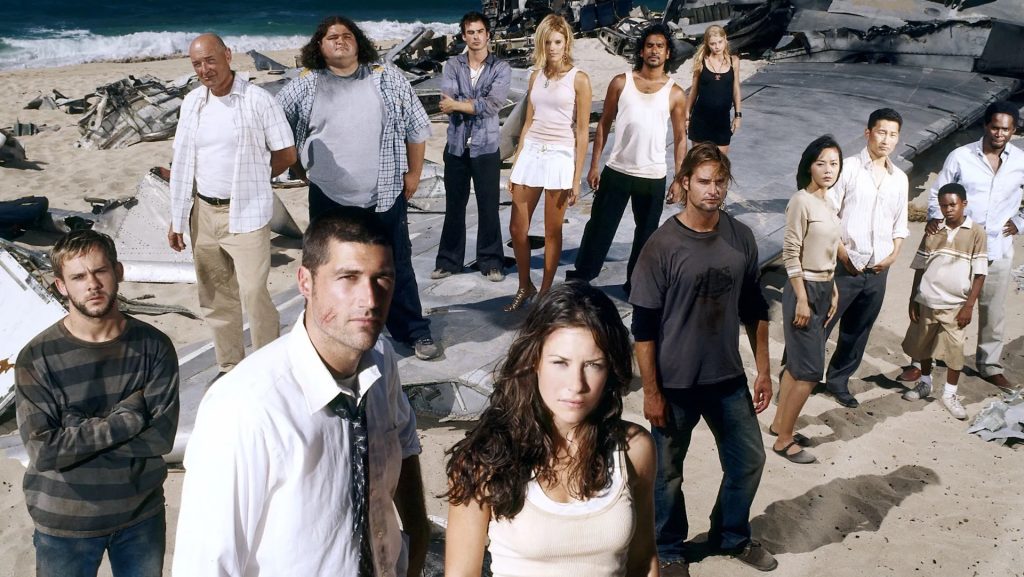
“Lost” (2004-2010)
3. Make them clear in the story and format
You need to make sure you clearly differentiate between flashbacks and the current timeline. In film production, this can be accomplished by changing lighting, color grading, or aspect ratio.
However, in screenwriting, you often don’t have the freedom to make those creative shot choices. Therefore, you can use this format (see below). You can also use an overlay title card to indicate time period.
4. Keep Flashbacks Simple
Flashbacks should be short and to the point. They are not meant to overshadow the main narrative but to supplement it. Avoid lengthy detours that disrupt the flow of the story, unless you’ve included flashbacks as part of the story structure.
5. Anchoring Flashback
It is a visual medium. Always think visually when writing. You can do this by connecting the flashback to the present moment. There should be a direct correlation between what is happening now and what happened then. This connection can be thematic, emotional, visual or plot-driven.
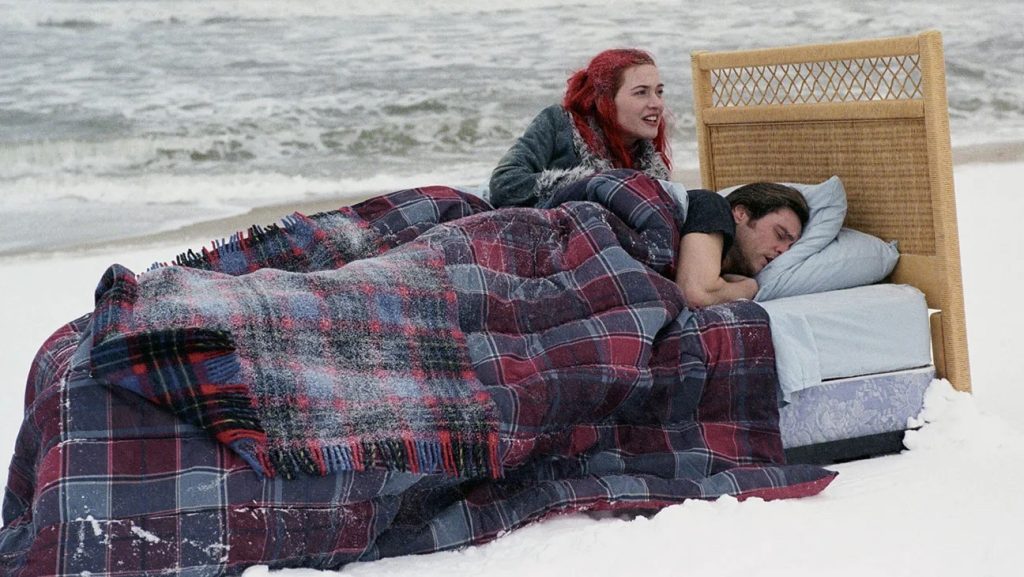
“Eternal Sunshine of the Spotless Mind” (2004)
Script Flashback Format Tips
Here are some generally useful tips for writing flashbacks in your screenplay. (it is actually Easier than it sounds.
Use sluglines to tell where the flashback begins
The first thing you need to do is tell your script readers that they are about to move to a flashback.
In the slogan, simply Write: Flashback sequence:
Professionals often use bold and sometimes italics so they can highlight and differentiate past and present time frames in a story. Everything after the flashback sequence is a flashback until it is otherwise communicated that the flashback is over (see below).
Flashback sequences should continue to use the correct format
Even if you’re in a flashback sequence, the format remains the same, with the same format expectations. You use:
- Location title used to establish the location
- Scene description used to set up visual effects
- Conversation (if any)
A possible addition to the formatting would be to italicize everything. If you put each element of a flashback sequence in italics, it helps to distinguish that sequence from the rest of the script.
Repetition or rewriting of a previous scene now used as a flashback
You are responsible. Just tell us what we see and why we see it. it can be very helpful Copy and paste the location title, scene description, and dialogue (if any) from your flashback to any scene we’ve already seen.
You can also update and rewrite these elements (mainly scene descriptions) to convey why we’re flashing back to his moment.
Use title cards to communicate time changes
this flashback type is a story element that may not have been used in the script thus far. Title card help to determine the facts We are traveling back in time.
Notify us when flashback ends
Just like you need to tell the script reader when the flashback begins, we also need to know when it ends besides. You can do this simply by typing: end flashback sequence
Then, what follows is the end of your next location, indicating the new scene.
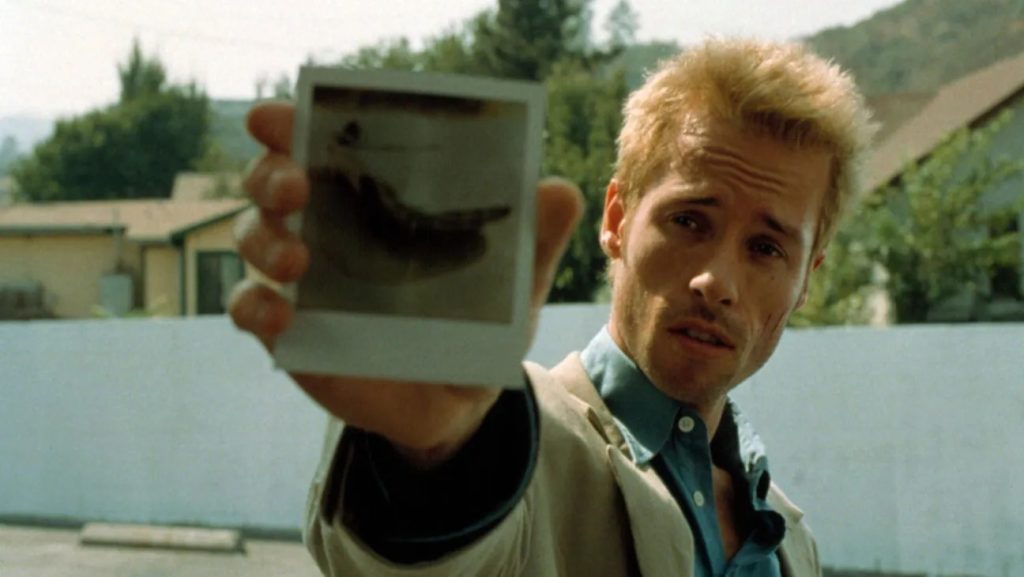
“Souvenir” (2001)
—
When used purposefully, flashbacks can enhance your script by adding depth and complexity. They are windows into the past that illuminate the present and enrich your characters and plot.
If you approach flashbacks with intention and precision, they can become a seamless part of your storytelling toolkit. Feel free to use them – but use them wisely.
Read more: Script Format: Essential Elements of a Script
Ken Miyamoto has worked in the film industry for nearly two decades, most notably as a studio liaison and then as a script reader and story analyst for Sony Pictures.
As a production writer, he participated in numerous studio meetings with companies such as Sony, DreamWorks, Universal Pictures, Disney, Warner Bros., and numerous production and management companies. He previously signed a development deal with Lionsgate and has had several writing assignments, including producing the miniseries Blackout, starring Anne Heche, Sean Patrick Flanery, Billy Zane, James Brolin, Hayley Duff, Brian Bloom, Eric Larsa and Bruce Bucklina star in the thriller Hunter’s Creed, as well as many Lifetime thrillers. Follow Ken on Twitter @ken电影 and Instagram @KenMovies76

